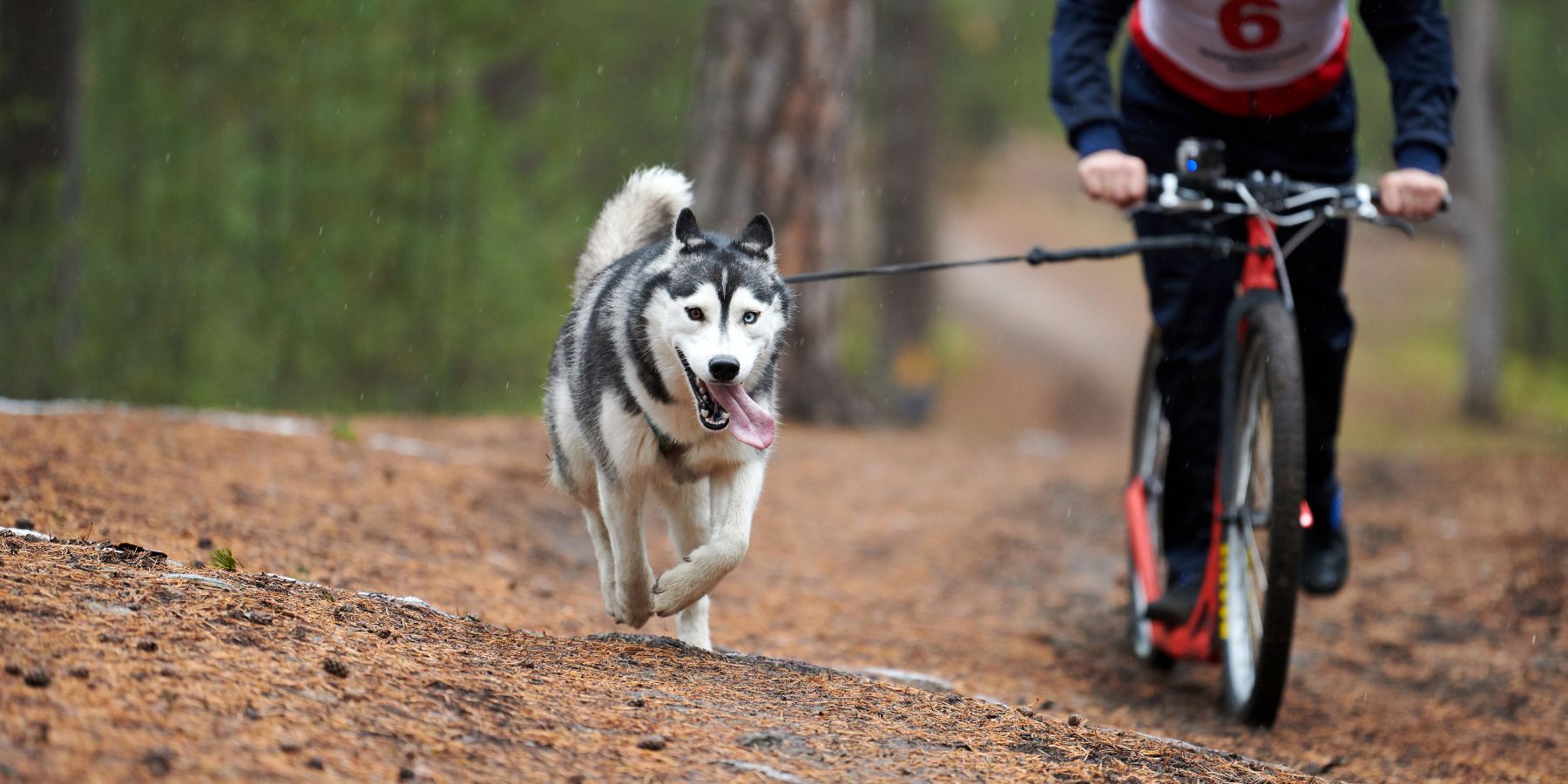Bikejoring, a thrilling sport that combines the joy of biking with the companionship of your furry friend, is gaining popularity among dog enthusiasts. Whether you're a seasoned rider or a novice, venturing into bikejoring requires some essential training tips to ensure a safe and enjoyable experience for both you and your canine companion.
Understanding the Basics
Before hitting the trails, it's crucial to have a solid grasp of the basics of bikejoring.
Bikejoring involves a dog or a team of dogs pulling a rider on a bike. The dog is typically attached to the bike by a specially designed harness and a towline. As the rider pedals, the dog provides additional propulsion.
Training Tips
1. Basic Commands are Key
Ensure your dog is familiar with basic commands like "left," "right," "stop," and "go." These commands will be instrumental in guiding your dog while on the trail.
2. Introduce Your Dog to the Equipment
Familiarize your dog with the bikejoring equipment in a controlled environment. Let them sniff and explore the harness, towline, and bike. Positive reinforcement, like treats and praise, can create positive associations.
3. Start Slow and Gradual
Begin with short, slow rides to acclimate your dog to the bike's movement. Pay attention to their comfort level and gradually increase the distance and speed over time.
4. Practice in Various Environments
Expose your dog to different terrains and environments. This helps them adapt to various surfaces and distractions they might encounter during a bikejoring session.
5. Invest in Proper Gear
Ensure your dog has a well-fitting harness designed for pulling. This will distribute the force evenly and prevent discomfort. Also, invest in a bungee towline to absorb any sudden movements and reduce the risk of injury.
Summary
Embarking on a bikejoring adventure with your canine companion can be a rewarding experience when approached with the right training. Establishing clear communication through basic commands, introducing your dog to the equipment, and gradually increasing the intensity of your rides are essential steps. Investing in proper gear adds an extra layer of safety, ensuring a positive and enjoyable bikejoring experience for both you and your furry friend.
FAQs about Bikejoring
Q1: Can any dog participate in bikejoring?
Bikejoring is suitable for many dog breeds, especially those with a strong pulling instinct. However, it's essential to consider your dog's health, age, and individual temperament before starting.
Q2: How fast can I go while bikejoring?
The speed during bikejoring depends on various factors, including your dog's breed, fitness level, and trail conditions. Start at a comfortable pace and gradually increase speed as your dog becomes more experienced.
Q3: Can I use a regular harness for bikejoring?
It's recommended to use a harness specifically designed for pulling activities. Standard harnesses might not provide the necessary support and can cause discomfort or injury.
Q4: What precautions should I take on the trail?
Always be aware of your surroundings and potential hazards on the trail. Maintain a safe distance from other bikers, pedestrians, and wildlife. Additionally, keep your dog hydrated and take breaks as needed.
Q5: How can I calm my dog before a bikejoring session?
Engage in pre-ride activities that your dog enjoys, like a short play session. This helps release excess energy and creates a positive association with the bikejoring experience.


